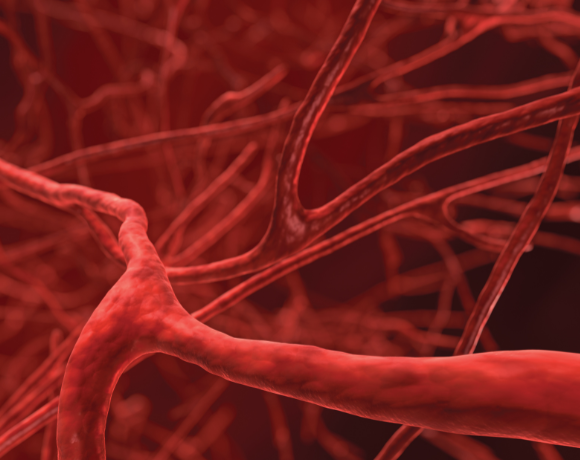The vascular system, a complex network of vessels, is central to maintaining cardiovascular health. Its function hinges on several factors, including arterial wall tone, endothelial cell activity, and nitric oxide production. Understanding these factors is vital for assessing cardiovascular risk and managing vascular dysfunction. In this context, the arteriograph has emerged as a reliable tool for measuring vascular function.
Arteriograph: A Tool for Comprehensive Vascular Assessment
The arteriograph is a device that offers a comprehensive assessment of vascular function. It utilizes two primary methods: pressure arteriography and wire myography.
- Pressure arteriography is recognized as the gold standard for quantifying function, reactivity, and mechanics in isolated perfused blood vessels. It measures the pressure difference (dP) between two points in an isolated vessel or vascular bed, providing an accurate evaluation of vascular function.
- Wire myography involves mounting a small ring of blood vessel tissue on two wires and measuring the force generated by the tissue in response to various stimuli. This technique allows for the assessment of the contractile response of smooth muscle cells in the vessel wall, contributing to a comprehensive understanding of vascular tone.
Arteriograph’s Role in Cardiovascular Health
The arteriograph plays a crucial role in understanding the relationship between endothelial dysfunction and arterial stiffness, two key risk factors for cardiovascular disease. By measuring aortic pulse wave velocity and the augmentation index, the arteriograph provides valuable insights into arterial stiffness, a marker of cardiovascular risk.
Moreover, the arteriograph can assess the function of endothelial cells, which regulate vascular tone through the production of nitric oxide. This assessment can help identify early signs of vascular dysfunction, enabling timely intervention.
The arteriograph also provides a detailed analysis of the upper arm’s hemodynamic parameters, contributing to a better understanding of blood pressure regulation. Furthermore, it can measure the intima-media thickness, providing insights into the structural changes in the arterial wall that may precede the development of cardiovascular disease.
Lifestyle Factors and Vascular Function
Physical activity significantly influences vascular function. Regular exercise promotes endothelial cell health, reduces arterial stiffness, and improves overall vascular health. The arteriograph can quantify the impact of physical activity on vascular function, providing a scientific basis for exercise recommendations. However, at Scintica, we are more interested in the invaluable role that arteriography can play in cardiovascular research.
Enhancing Cardiovascular Research with Arteriograph
In cardiovascular research, the arteriograph is indispensable. Its ability to measure vascular function with precision and reliability makes it a valuable asset for researchers and clinicians alike. Whether investigating the effects of lifestyle factors on vascular health or exploring the pathophysiology of cardiovascular disease, the arteriograph can provide the insights needed.
Choose Scintica for Your Vascular Function Research Needs
Whether your research involves exploring the physiology of vasoreactivity or investigating vessel wall mechanics, Scintica provides the tools you need to enhance your understanding of vascular biology. Our pressure arteriography and wire myography systems equip researchers with powerful and effective in-vitro tools to unravel the many complex facets of vascular function.
If vessel wall mechanics is your area of interest, our wire myography system is the ideal choice. It’s relatively straightforward to set up and maintain, and it facilitates the study of vessels of almost any size. Plus, it’s a cost-effective solution for assessing vascular function.
For those wanting to delve deeper into the physiology of vasoreactivity, especially in resistance vessels, our pressure arteriography system is the method of choice. It closely mimics the vessel’s physiological in-vivo state, allowing for the study of known and important vaso-physiological phenomena.
